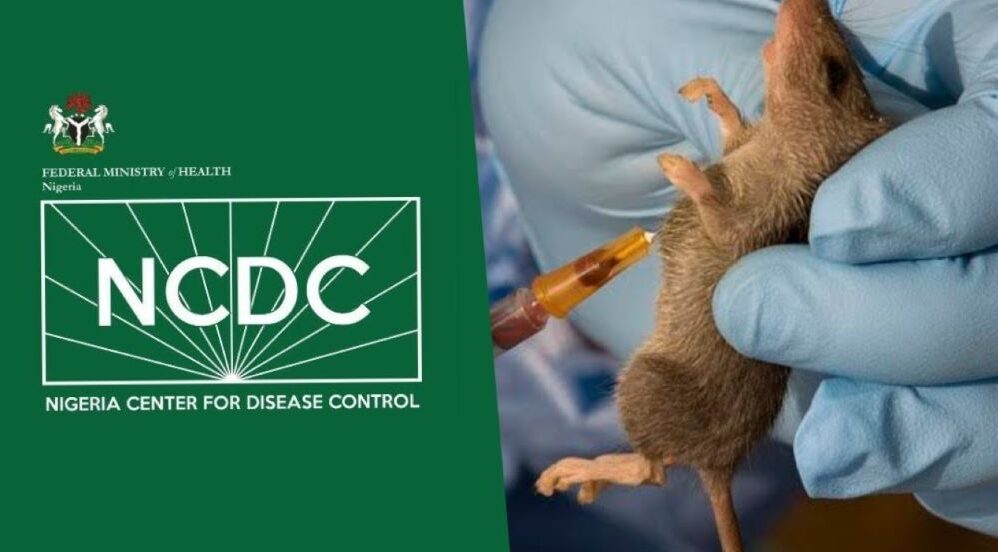Nigeria Records 138 Lassa Fever Deaths in 2025 Amid Ongoing Outbreak Across 18 States
Abuja, May 14, 2025 – Nigeria has recorded 138 deaths from Lassa fever in the first 18 weeks of 2025, according to the latest data from the Nigeria Centre for Disease Control and Prevention (NCDC). The country has confirmed 717 cases out of 4,881 suspected cases reported across 93 local government areas in 18 states, with a case fatality rate (CFR) of 19.3%, slightly higher than the 18.0% recorded during the same period in 2024.
States Most Affected
The outbreak remains concentrated in Ondo, Taraba, and Bauchi states, which together account for 71% of confirmed cases. Ondo leads with 30% of cases, followed by Bauchi at 25%, and Taraba at 16%. Other states reporting deaths include Edo, Ebonyi, Kogi, Gombe, Plateau, Benue, Nasarawa, Kaduna, Enugu, Delta, Cross River, and Ogun.
Epidemiological Trends and Demographics
The predominant age group affected is 21-30 years, with a median age of 30 years, and a male-to-female ratio of approximately 1:0.8. While the number of suspected and confirmed cases has decreased compared to the same period in 2024, the disease continues to pose a significant public health challenge.
One healthcare worker was reported infected in the latest week, highlighting ongoing risks to frontline workers despite intensified protective measures.
Response and Coordination
The National Lassa fever multi-partner, multi-sectoral Incident Management System remains activated to coordinate response activities at all levels. Rapid Response Teams have been deployed to high-burden states to support outbreak management, focusing on surveillance, case management, and community engagement.
The NCDC continues to emphasize prompt presentation for diagnosis and treatment as critical to improving patient survival rates. Preventive measures include avoiding contact with contaminated food, infected individuals, and rodent-infested environments.
Broader Context and Challenges
Lassa fever is transmitted primarily through contact with food or household items contaminated by the urine or feces of infected multimammate rats, and human-to-human transmission can occur, especially in healthcare settings.
The outbreak in 2025 follows a severe 2024 season that recorded 1,309 confirmed cases and 214 deaths. The disease typically peaks during Nigeria’s dry season (October to May), coinciding with increased rodent activity.
Healthcare workers face significant risks, with many reporting shortages of personal protective equipment (PPE) and relying on self-procurement to maintain safety.
Vaccine Development and Global Concern
In response to recurring outbreaks, several Lassa fever vaccine candidates are undergoing clinical trials globally, including a phase 1 trial launched by the U.S. government in 2025. The World Health Organization ranks Lassa fever as one of the most likely animal viruses to cause human epidemics, underscoring the urgent need for effective vaccines and treatments.

















